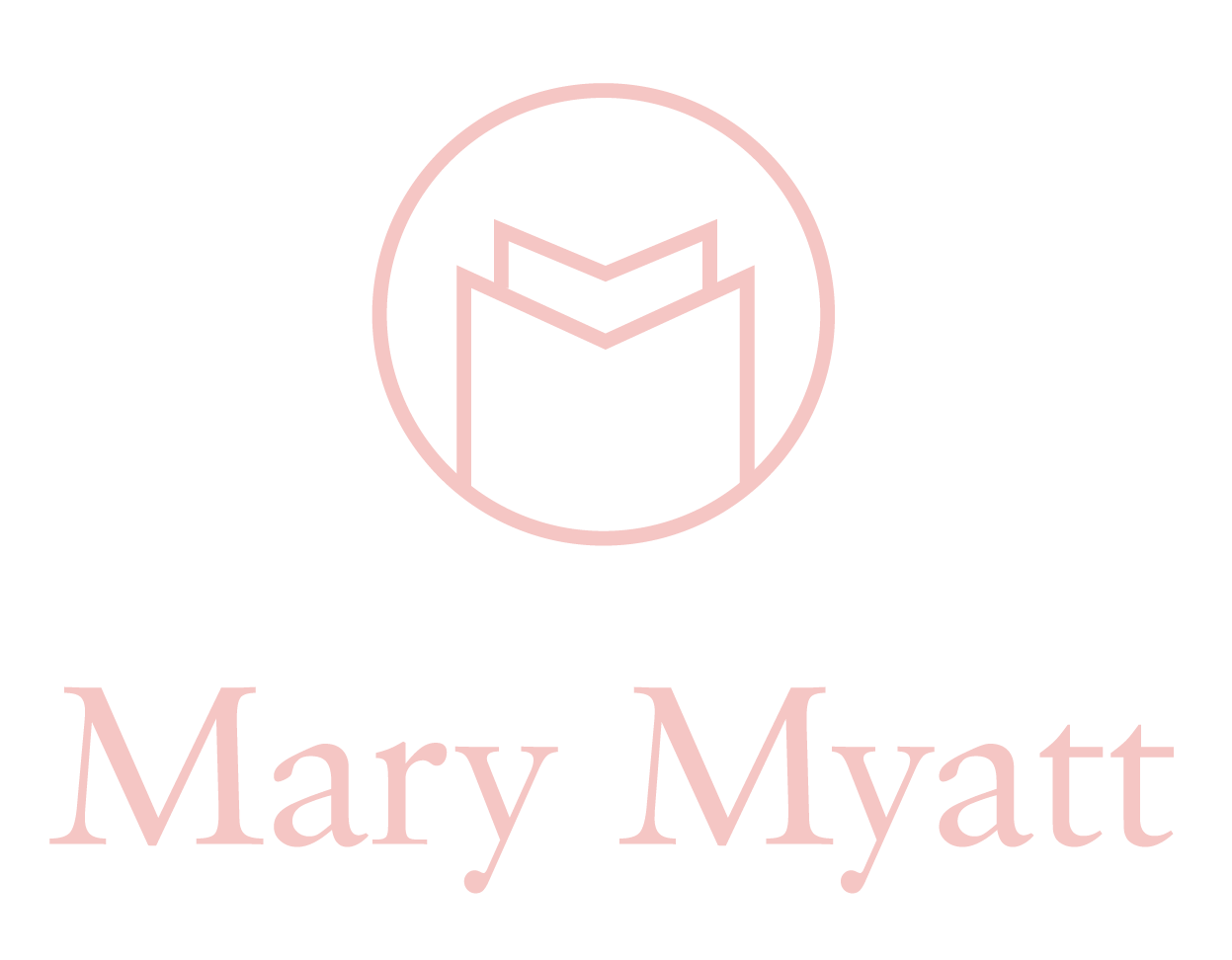Leadership support for curriculum development
The development of teacher subject knowledge underpins school improvement. It cannot be left to chance. In the implementation section of the Education Inspection Handbook 2019 it states that ‘teachers have good knowledge of the subject(s) and courses they teach. Leaders provide effective support for those teaching outside their main areas of expertise.’
It is the case that many colleagues are teaching outside their main area of expertise. In secondary settings, many will be teaching subjects which were not part of their first degree. Even where they are teaching within their first discipline, it is highly likely that the material they are teaching pupils was not covered during their degree courses. As a result, there is a need for ongoing subject development for colleagues in secondary.
In primary, the situation is more pronounced. For the most part, colleagues are teaching or coordinating subjects which they have not encountered since their own secondary schooling. The foundation subjects units in PGCE courses do not have the same amount of time allocated as English, mathematics and science. As a result, work needs to be done in schools to develop subject knowledge for all staff.
When teacher subject knowledge is not prioritised, the default setting is to download materials and resources from the internet. Many of these have not been quality assured, often contain incorrect information, are of poor quality and do not provide sufficient challenge for pupils. It is really important that time is given to colleagues to source materials which are high quality. There are three principles to guide thinking about the use of classroom resources. The first is, does it make pupils think, or does it merely expect them to complete the blanks? The second is to ask whether the material is likely to take pupils to a place of mastery, over time: in other words, are they likely to be able to do something on their own terms in a new context, as a result of what they have been taught? And finally, is it beautiful? What is meant here, is not whether it is decorated with sparkles and glitter, but whether the resource links back to the subject domain. This means drawing on the artefacts, art, texts and current debates with the subject. It means using images which reflect the quality of the topic being taught. It means using the language and thought processes and ways of working particular to individual subjects. All of this might seem like a big ask, but those materials, such as the British Museum’s ‘Teaching history with 100 objects’ are available. School leaders need to provide the time for teachers to consider these, rather than downloading quick fixes from second rate sites.
It’s important to go to authentic sources in order to develop subject knowledge and high quality teaching materials. Some starting points for each subject are available here: they are available online, at no cost to schools. In making the time to do this work, we need to take a hard look at how staff meetings and subject meetings are run - they should be focused on subject knowledge and making that knowledge accessible to pupils. The head of one primary school realised that his teachers did not have a wide knowledge of children’s literature, and so used the staff meetings for reading. At the start of the meeting, a range of children’s books were available for staff to select and skim or read. They did this for half an hour and then the final twenty minutes or so were spent on discussing the books. An unexpected result of this was that many staff wanted to take the books home to carry on reading. An efficient way of moving the agenda on, a light touch way of expanding teachers’ repertoire.
A final point on cost. While the materials suggested are available at no charge to schools, it is also important that those leading a subject should be a member of the subject association. Curriculum development is at the heart of what they do, and membership should be a professional entitlement for every subject lead. And the argument here, is that the cost of subscription should be paid for from the school’s professional development budget.
